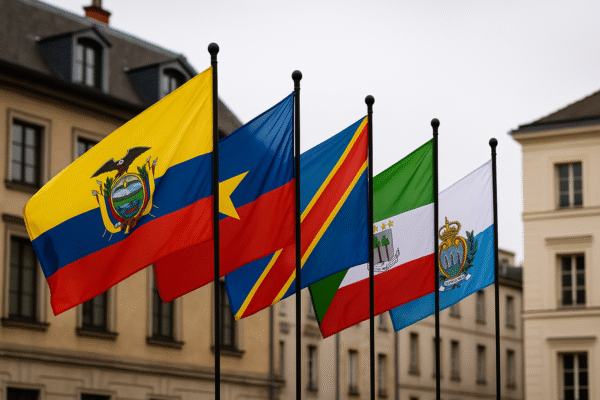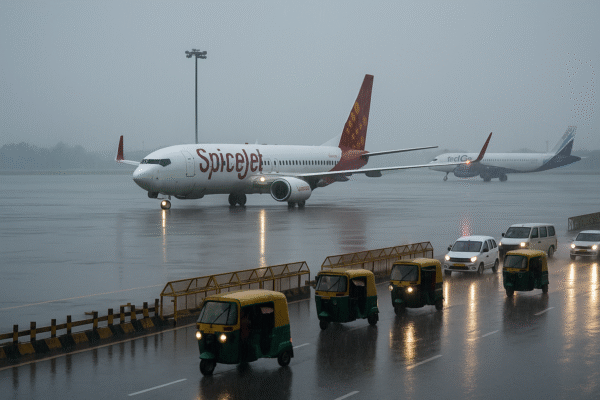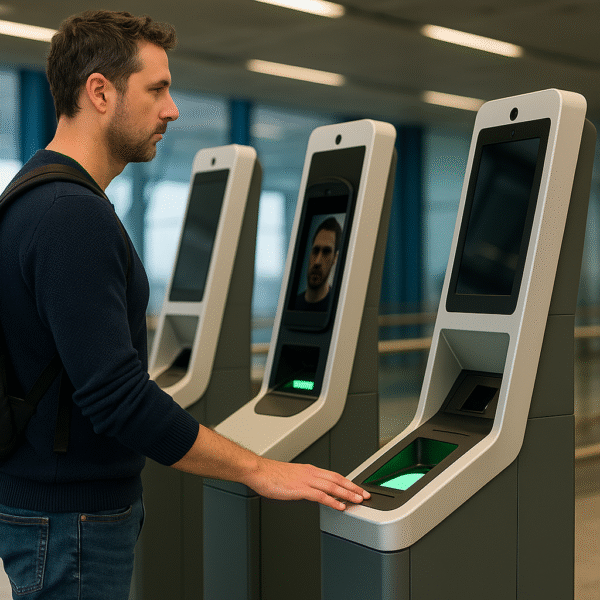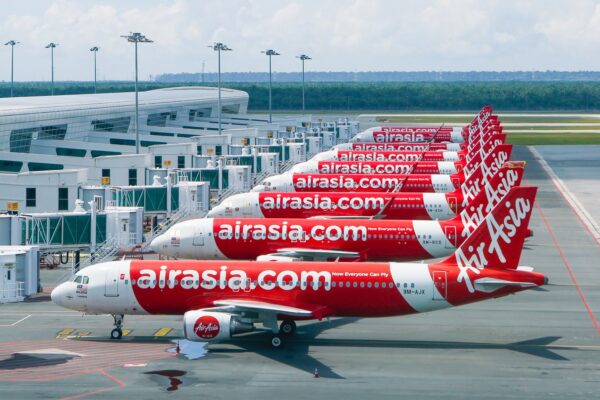In a significant development for ASEAN air travel, AirAsia on 16 July 2025 inaugurated a direct service linking Bangkok’s Don Mueang International Airport to Hai Phong’s Cat Bi International Airport in northern Vietnam. Scheduled to operate four times weekly—every Monday, Wednesday, Friday and Sunday—the route marks AirAsia’s sixth destination in Vietnam and underscores its commitment to enhancing regional connectivity across Southeast Asia. The launch aligns with the carrier’s broader post-pandemic recovery strategy to tap into growing leisure and business travel demand in emerging markets. Thai AirAsia CEO Santisuk Klongchaiya noted that Vietnam remains one of the airline’s key strategic markets, driven by strong interest in off-the-beaten-track experiences and budget-friendly travel options.
Operating on Airbus A320 aircraft configured with 180 seats, flight FD670 departs Bangkok at 10:30 AM and arrives in Hai Phong by 12:30 PM, while the return leg, FD671, leaves Hai Phong at 1:00 PM and touches down in Bangkok at 2:55 PM—offering an efficient two-hour connection between the two cities. The mid-morning schedule appeals equally to business travellers seeking same-day round trips and leisure tourists planning extended weekend getaways. Recent performance data indicates that Southeast Asia’s low-cost carriers have improved on-time arrivals significantly in early 2025, reflecting growing operational reliability across the region.
To celebrate the new route, AirAsia has introduced promotional one-way fares from just THB 1,790 (approximately USD 55), available for booking via AirAsia MOVE and airasia.com from 16 to 27 July 2025 for travel between 28 July and 24 October 2025. This limited-time offer is designed to stimulate both outbound travel from Thailand and inbound tourism to Vietnam during the late summer and early autumn seasons, with special appeal to budget-conscious travellers keen to explore beyond conventional hotspots.
Situated on Vietnam’s northeastern coast, Hai Phong has rapidly emerged as a dynamic port city boasting French colonial architecture, bustling markets and a burgeoning culinary scene. Travellers can complete the scenic 50-minute road transfer from Cat Bi International Airport to Ha Long Bay—one of the world’s most celebrated UNESCO World Heritage sites—unlocking emerald waters, dramatic limestone karsts and traditional floating villages within an hour of landing.
With Hai Phong added to its network, Thai AirAsia now connects Bangkok to six Vietnamese gateways—Hanoi (up to 21 weekly flights), Ho Chi Minh City (up to 25 weekly flights), Da Nang (up to 21 weekly flights), Nha Trang (7 weekly flights), Phu Quoc (7 weekly flights) and Hai Phong (4 weekly flights)—further cementing the carrier’s role as a bridge between Thailand and Vietnam. Earlier in 2025, the airline also launched a daily Taipei–Sapporo service with introductory fares from TWD 2,499, marking continued expansion in Northeast Asia.
As low-cost carriers drive intra-ASEAN mobility, the Bangkok–Hai Phong route is poised to support sustainable tourism by diverting holidaymakers from overcrowded hubs and fostering economic growth in emerging destinations. Industry forecasts predict passenger numbers in the Asia-Pacific region will rise by nearly 8% in 2025—the highest global growth rate—spurred by competitive airfares, a growing middle class and supportive government tourism initiatives. Experts observe that budget airlines like AirAsia, which are negotiating orders for additional aircraft, are well positioned to accommodate this surge, provided they balance expansion with operational efficiency amid rising fuel and maintenance costs.
Evolving travel patterns show an increasing appetite for weekend escapes, nature-focused itineraries and culturally immersive experiences. The Bangkok–Hai Phong link exemplifies the low-cost carrier model’s ability to unlock underexplored markets, offering short flight durations and wallet-friendly fares. With the promotional window closing on 27 July, travellers are encouraged to book early and secure seats for peak late-summer and autumn journeys to northern Vietnam’s coastal treasures.
Read more aviation stories- follow Global Travel Wire.















